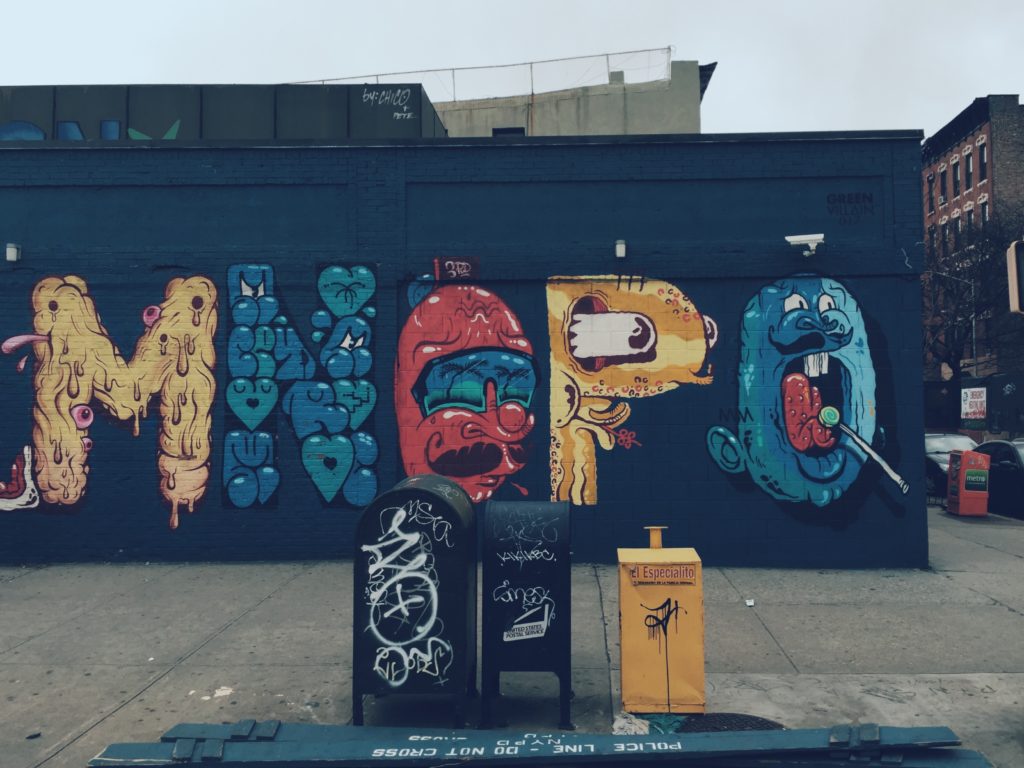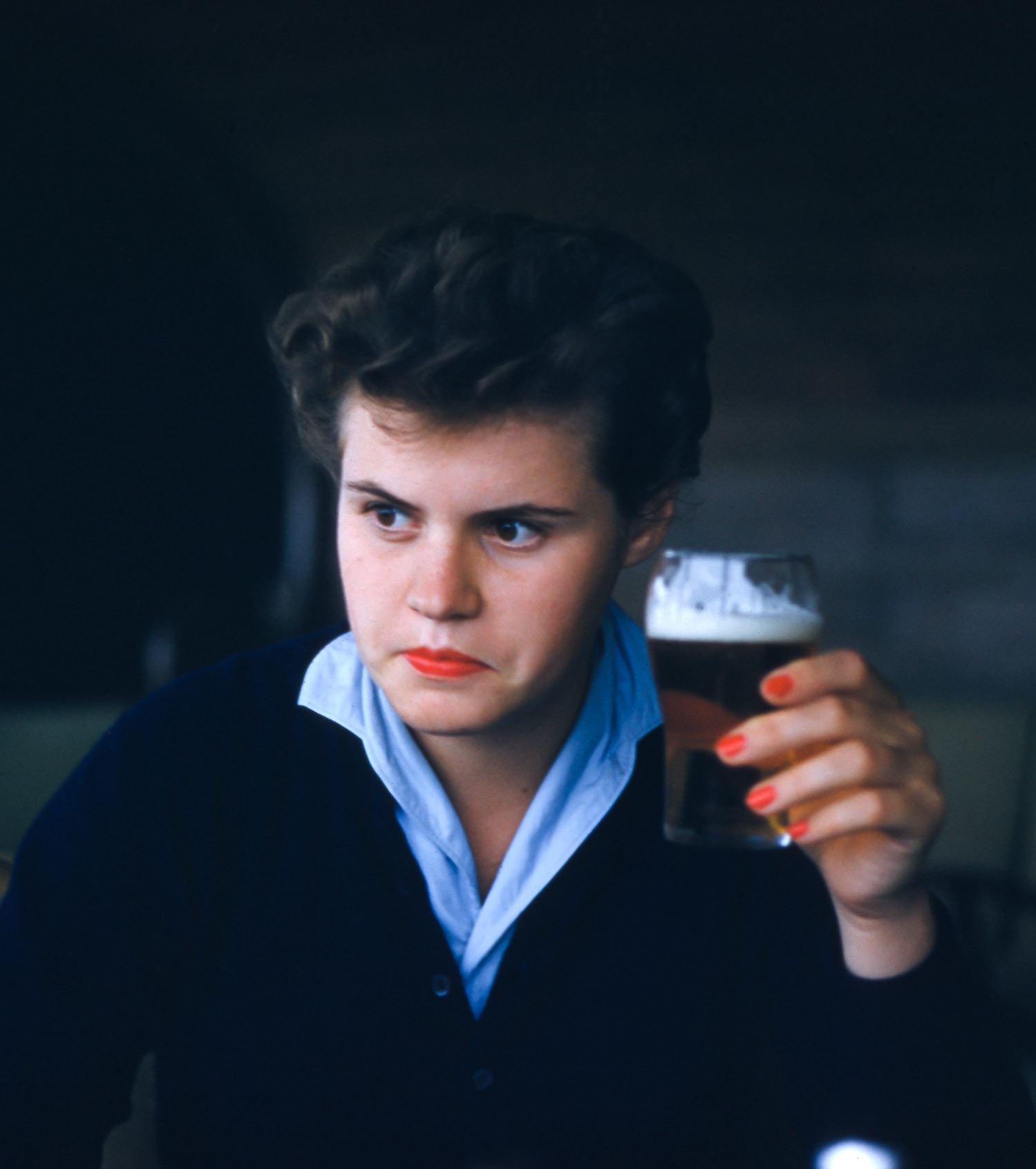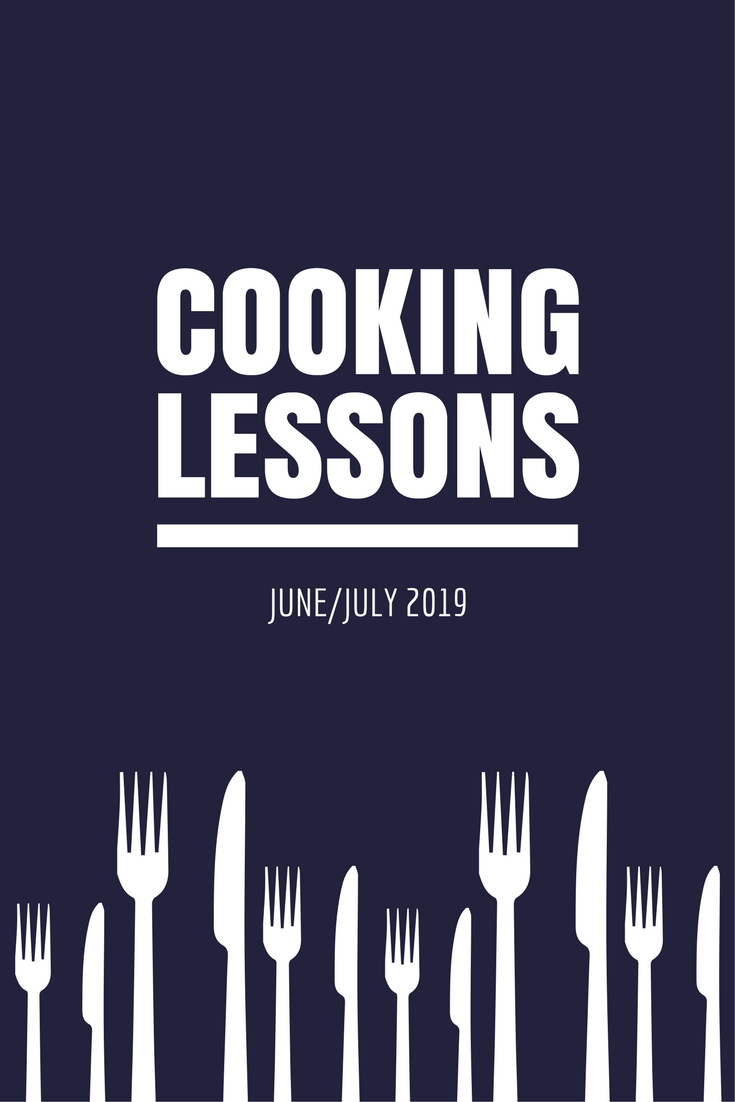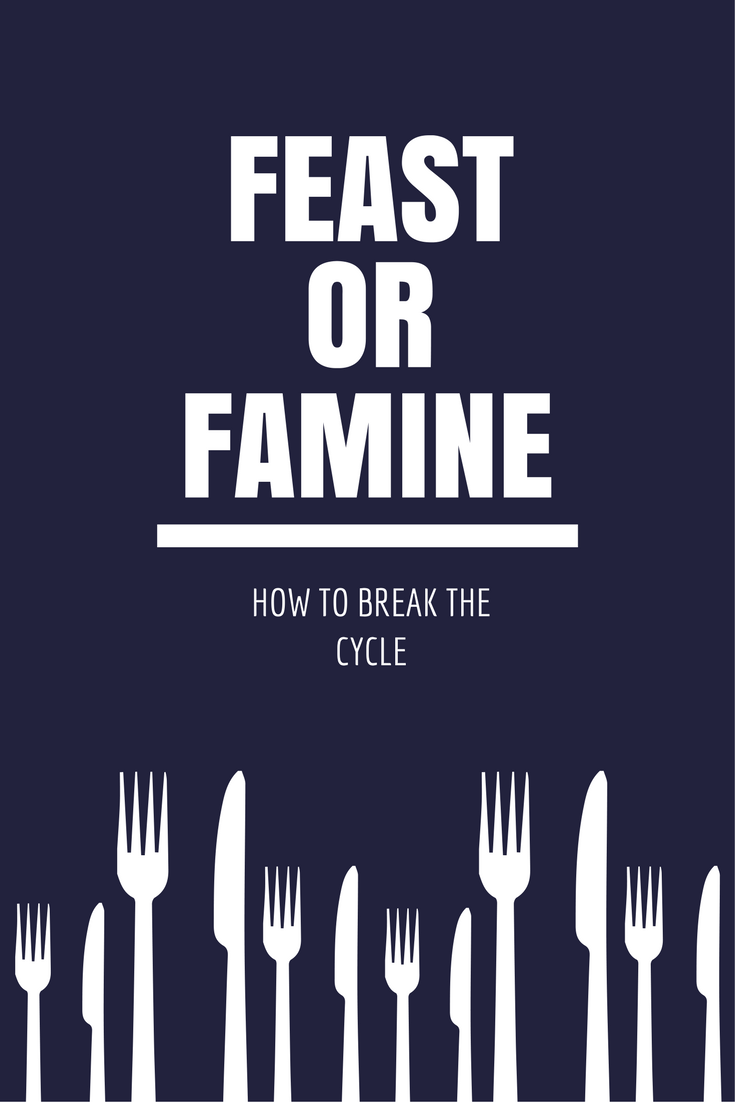Content Creation
Visual Brainstorming: Using Images to Ideate for Stories or Pitches
By Erin Ollila on August 15, 2017
My relationship with visual brainstorming began in a writing class. "Tell me about this person," my teacher Kim Dana Kupperman instructed us, as she passed out copies of a picture of a woman. We were tasked with using that photo as a creative prompt and returning the next morning with a short piece of writing using her in a scene or describing her as a character.
But who was the woman? To one person, the woman was a secretary who knew many personal secrets of the men working in her office. To me, she was a soloist at church, who just performed in a wedding and was drinking too heavily at the reception. I had written paragraphs full of conversations between herself and other guests. Others had different stories on who this character may be, but did we need to know the truth? Not at all. The woman was simply a tool to spark our creativity, and she did.
Image attribution: Les Anderson
Can a prompt like this be just as helpful in content writing as it is in creative writing? Yes. When you open your brain up to the power of visuals, you may find yourself more inspired to write.
Visual Brainstorming = Productive Procrastination
My brain is a very distractable place, and unlike some other writers, I often don't complete an assignment in one sitting. You can regularly find me starting a draft, clicking through a few different Internet browsers, coming back to the draft, cleaning something in my home so as to procrastinate writing, coming back to the draft, and probably doing something else completely unnecessary before finishing. My brain needs a little space to ruminate on the subject.
And sometimes, I get stuck. I just can't figure out where I want to take my next point or how to complete a section that's lacking in comparison to the rest of the post. I know that the draft isn't ready, but I truly don't know what to do to make it better. I'm sinking, and there's likely a deadline approaching.
As I've grown in my career, I've developed the habit of productive procrastination, which to some may sound crazy, but for me is how I function best. Here's how it works: I'm prone to procrastinating, so I might as well do something that's productive for my business, rather than waste time scrolling through Facebook or watching TV. Trust me, I've done enough of that. Now, I take on something that will help me while working. Depending on what I'm working on, I might stop and respond to an email, schedule out some work-related social media posts, or do some research for the next article I plan to write.
When I'm writing content for my clients, I'm usually tasked with sourcing the images that appear with my posts. So when I get stuck in the middle of a post and I'm not sure what to write, I stop staring at the screen and watching the cursor blink, and I prep my pictures. According to a study by Emory University School of Medicine, looking at artwork activates the ventral striatum, which is one of the known reward systems of the brain. It is also a part of the brain that helps reinforce behavior during uncertainty. And a writing block is definitely one of those moments of uncertainty.
First, I pull up some of my favorite stock photography sites. I start by simply putting in whatever I'm working with for a keyword phrase and see what type of results I get. I make no secret of my problem with the lack of diversity in stock photography, which usually means I'm updating my keyword search to include gender or cultural tags to find the images I want.
Then, I let them speak to me. I use this collection of photos as possible starts for all the places I stopped. "What is she thinking?" I'll ask myself, or "How would she feel about this?" While the people in the pictures don't always give me the answers I was looking for, I often feel ready to jump back into the text and explore my subject further.
Ideate with Graphics and Stock Photography
Pitching ideas to my clients is usually one of my favorite tasks, but sometimes I feel completely stumped on good ideas. This usually happens after a few rounds of stellar suggestions, which increases the pressure to produce top-notch pitches. Visual brainstorming opens my brain in a way that sitting down and thinking doesn't.
So how does it work? Honestly, it's all very simple. While opening up a feed of stock photography will work just as well, I usually head over to Canva and scroll my way through their premade content layouts. I tend to think in titles, so I start by ignoring the text on the images. You should too. It doesn't matter what the image says now, because you'll be creating new ones.
Does this sound too easy? Well, that's because it is. Here's one layout that recently inspired a new pitch. It all started with this suggested layout:
Maybe I was hungry, or maybe those pictures reminded me of the age-old saying "feast or famine," which is supposed to represent the struggle freelancers feel when they're either over booked or searching for new work. So, to remind myself of the topic, I tweaked the title and changed it to this:
If I'm feeling in the zone I keep going and create as many images as possible. It's easier to have a backlog of ideas than be searching for one. I'll then use my collection of images as inspiration to pitch my clients and other publications I haven't written for yet.
Do you practice visual brainstorming? Let me know how you approach ideating in the comments.
For more stories like this, subscribe to the Content Standard newsletter.
Featured image attribution: Jon Tyson





